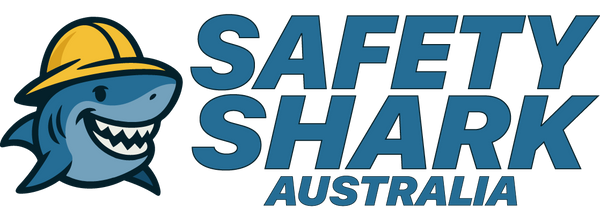Reliable Securing: Eliminating Dropped Object Hazards at the Source (DROPS Rev. 4)
Find the PDF here Reliable Securing Rev 4
Dropped objects remain one of the most common-and dangerous-safety hazards in industrial environments. Whether it's a tool falling from scaffolding or a loose fitting dislodged from vibration, the consequences can range from equipment damage to serious injury or fatality.
To combat this, the DROPS Reliable Securing Rev. 4 guide has become a globally recognized reference, providing best-practice recommendations for identifying, assessing, and preventing dropped object risks across all sectors.
🔍 What Is Reliable Securing?
Reliable Securing is the appropriate selection, application, and management of all fastenings, fixings, and safety retention systems. It ensures that items stay where they’re installed-even in dynamic, high-risk environments like offshore rigs, construction sites, or mobile equipment yards.
The DROPS guide breaks securing into three critical layers:
-
Primary Fixing - the main method securing an item (bolts, screws, welds, etc.)
-
Secondary Retention - backup methods that keep the primary fixing in place (lock wires, washers, split pins)
-
Safety Securing - added mechanisms to prevent falls if the primary fixing fails (nets, tethers, chains)
🛠️ Why It Matters
Dropped objects can result from:
-
Vibration and fatigue
-
Improper installation
-
Weather and environmental stress
-
Poor inspections and housekeeping
-
Human error
Even a small component can become deadly when dropped from height. DROPS Rev. 4 encourages proactive risk management, from design and procurement all the way through to dismantling or decommissioning.
📌 Best Practices from DROPS Rev. 4
-
Use wedge lock washers, locking nuts, and thread profile locks on tensioned joints.
-
Avoid unreliable methods like double-nutting or using tie wire substitutes.
-
Tool tethering is essential for all tools used at height—lightweight tools to the body or belt; heavy tools to the structure.
-
Equip work areas with tool cabinets, safety nets, wire mesh, and lanyards.
-
Regularly inspect all equipment—especially bolts, lifting points, and fixtures—for signs of corrosion, looseness, or improper setup.
-
Incorporate dropped object awareness and hazard hunts into daily routines and toolbox talks.
-
Define and enforce Zone Management (No-Entry Zones, Restricted Access Zones) where drop risks are highest.
🌐 A Lifecycle Approach
DROPS promotes securing from the very beginning—design, manufacturing, transport, installation, and maintenance all present opportunities to reduce risks. This lifecycle view ensures that hazard control isn't an afterthought—it’s built into every phase of the operation.
🚧 Make It Part of Your Safety Culture
Reliable securing isn’t just a technical task—it’s a cultural one. Every crew member must understand the risk, know the controls, and feel empowered to speak up. Tools should be checked in and out, fall arrest gear inspected regularly, and all gear stored or secured after every shift.
The goal? Zero dropped objects. Zero harm.
For more resources, including visual guides and inspection tools, visit www.dropsonline.org

